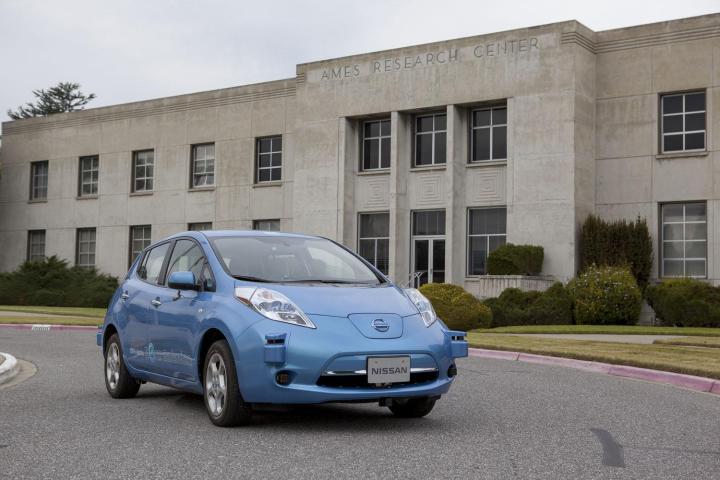
While Google will unleash its first batch of self-driving cars on public roads as soon as this coming summer, Nissan will take a more gradual approach to the technology. Next year, select Nissan models will be available with a traffic jam pilot function that will use an array of sensors, lasers and cameras to control the gas, the steering, and the brakes in stop-and-go traffic. Other automakers, including Audi, are currently working on similar systems.
In about 2018, Nissan will take the technology a step further by rolling out a technology that allows cars to change lanes and avoid obstacles by themselves. The feature will be offered on bigger Nissan sedans and crossovers — as well as on select Infiniti and Renault models — and will gradually trickle down to smaller members of the company’s lineup.
This progression will culminate in Nissan’s first-ever completely autonomous car, which will be ready in 2020. That is, assuming that consumers and lawmakers are ready to accept it. Speaking at a conference held in Yokohama, Japan, Renault-Nissan CEO Carlos Ghosn explained that laws and regulations are the biggest obstacles standing in the way of self-driving cars. Currently, self-driving cars are legal in a handful of states including Nevada and California, and in a couple of European countries such as the United Kingdom and, most recently, France.
Additionally, countries will need to invest in infrastructure improvements before self-driving cars can become a common part of the automotive landscape. For examples, proper signs and lane markings would need to be installed on every road in order to ensure autonomous cars operate correctly.
Nissan will not follow the path blazed by Google and develop a standalone autonomous model. Instead, the technology will be offered either as an option or as standard equipment on several models.
Ghosn believes autonomous cars will make roads considerably safer by taking over when driving becomes a burden, such as on a long freeway trip, but not by replacing the driver altogether. Notably, the executive predicts the technology has the potential to virtually eliminate avoidable crashes.
Editors' Recommendations
- Volkswagen is launching its own self-driving car testing program in the U.S.
- How a big blue van from 1986 paved the way for self-driving cars
- We now know what the self-driving Apple Car might look like
- Nissan employs certified smellers to check the odor of its new cars
- Watch San Franciscans take a ride in Waymo’s self-driving car




